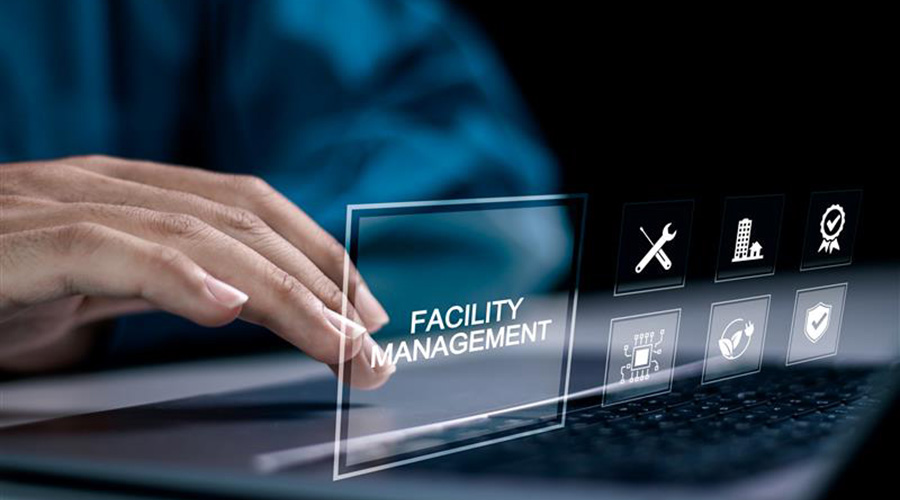How to Create Standard Operating Procedures
Managers need to establish robust processes to effectively address compliance for utilities, building codes and environmental regulations.
By Michael Heroux, Contributing Writer?
The importance of regulatory and inspection requirements in facility management cannot be overstated. Whether these mandates align with or challenge the organizational mission, they highlight the crucial role of regulatory compliance in operations. How maintenance and engineering managers navigate these evolving requirements is one important key to their success.
Managers need to establish robust processes to effectively address compliance related to diverse standards in areas such as utilities, building codes, environmental regulations, and federal, state and local ordinances. The range of regulatory requirements managers encounter is a testament to the intricate nature of the profession.
Here is a small sample of regulatory compliance issues I have encountered in my 30-plus years in facilities management:
- backflow prevention
- arc flash
- roof inspections
- medical gas testing
- hazardous waste management
- water testing
- building air exchanges
- natural gas/fuel oil/biomass requirements
- cooling tower water treatment
- HVAC system maintenance
- refrigerant management
- medical waste management
- utility and energy codes
- fire protection, including alarms, sprinklers and specialty systems
- underground and aboveground tanks.
This list shows the vast number of areas of compliance that must be monitored, depending on the facility’s type, size, location and complexity. The compliance process is essential to successfully managing facilities and ensuring operational readiness. We need to look at each area's impact and the criticality of the mission.
For example, the failure of a backflow prevention system feeding a small office is very different than the failure of a unit feeding cooling towers to a large data center and its impacts on the organization. Depending on its impact, this example might require a backup from an independent well, a spare backflow or an identified source for quick replacement.
Facility managers seeking to improve their organizations’ compliance also must deal with numerous codes and regulatory organizations. Among them are the National Fire Protection Association, the U.S. Occupational Safety and Health Administration, the U.S. Environmental Protection Agency and state agencies, the American Society of Heating, Refrigerating and Air-Conditioning Engineers, and state and local building code enforcement agencies.
Each organization has an agency unique to its facilities and mission requirements, such as the U.S. Food and Drug Administration, the American Society of Healthcare Engineers, The Joint Commission, a Healthcare Accreditation Organization, the International Standards Organization, and the International Building Code.
Spotlight on SOPs
Standard operating procedures (SOP) are not just theoretical constructs but practical and effective tools that managers are responsible for implementing. These written instructions document an organization's routine or repetitive activity to guide operations. They are designed to boost efficiency, ensure quality output and promote uniformity of performance while mitigating miscommunication and non-compliance with industry regulations. SOPs are a proven solution to the challenges of facility management and compliance, and it is a manager's responsibility to actively put them into action.
Details in an SOP for facility-specific requirements are essential to its development. This provides a basis for operational and mission readiness success for any organization's facilities. The process needs to be structured to handle the high-risk areas so compliance issues can be resolved to minimize the effect on the organization's mission.
Details also are critical for ensuring the organization covers all of its requirements. This compliance process is constantly changing, so updates need to be added each time one is identified, or at least the SOPs should be reviewed annually to keep up with a changing environment.
Facility managers’ compliance responsibilities can be complex and resource-intensive, depending on the organizations and types of facilities they oversee. Process development is crucial in meeting expectations and involves managing many areas. Every facility manager might need outside assistance, so don’t hesitate to ask for help when necessary.
One way to start the compliance process is by creating a list of systems or operations that have special requirements, including all regulatory requirements for the organization. This task requires a team effort to develop an inclusive list. A team concept, which might include outside assistance from vendors to specialized service providers, will take advantage of everyone's insights and expertise, which are invaluable in this process.
After the SOP is completed, compliance training and implementation are required components. A process review and developing methods to track the way managers make identified changes to the implemented SOPs are also necessary.
Michael Heroux is an energy engineer with FST Technical.
Related Topics:












